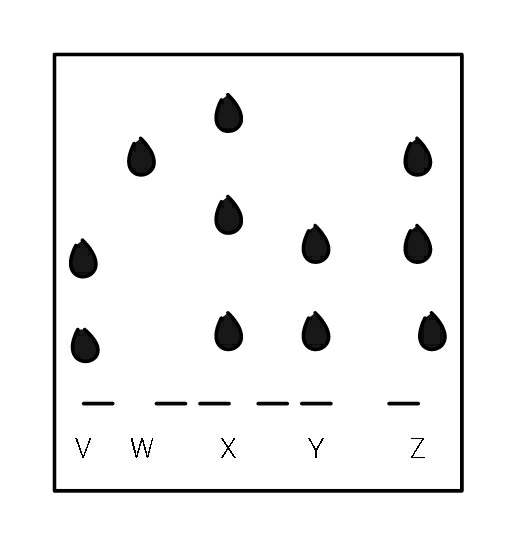
AllQuestion and Answers: Page 1700
Question Number 38495 Answers: 4 Comments: 0
Question Number 38488 Answers: 2 Comments: 0
Question Number 38478 Answers: 0 Comments: 1

Question Number 38477 Answers: 1 Comments: 0

Question Number 38475 Answers: 1 Comments: 0
Question Number 38470 Answers: 0 Comments: 4
Question Number 38469 Answers: 0 Comments: 1
Question Number 38468 Answers: 0 Comments: 1
Question Number 38467 Answers: 0 Comments: 1
Question Number 38466 Answers: 0 Comments: 1
Question Number 38465 Answers: 0 Comments: 2
Question Number 38464 Answers: 0 Comments: 1
Question Number 38463 Answers: 0 Comments: 1
Question Number 38462 Answers: 0 Comments: 0
$${find}\:\:\int_{\mathrm{1}} ^{+\infty} {arctan}\left({x}\:−\frac{\mathrm{1}}{{x}}\right){dx} \\ $$
Question Number 38461 Answers: 0 Comments: 0
Question Number 38453 Answers: 0 Comments: 4
Question Number 39416 Answers: 1 Comments: 0
Question Number 38451 Answers: 1 Comments: 1
Question Number 38460 Answers: 0 Comments: 1
Question Number 38459 Answers: 0 Comments: 7
Question Number 38458 Answers: 0 Comments: 3
Question Number 38457 Answers: 0 Comments: 0
Question Number 38456 Answers: 0 Comments: 0
Question Number 38455 Answers: 0 Comments: 0
Question Number 38454 Answers: 0 Comments: 3
Question Number 38405 Answers: 1 Comments: 2
Pg 1695 Pg 1696 Pg 1697 Pg 1698 Pg 1699 Pg 1700 Pg 1701 Pg 1702 Pg 1703 Pg 1704
